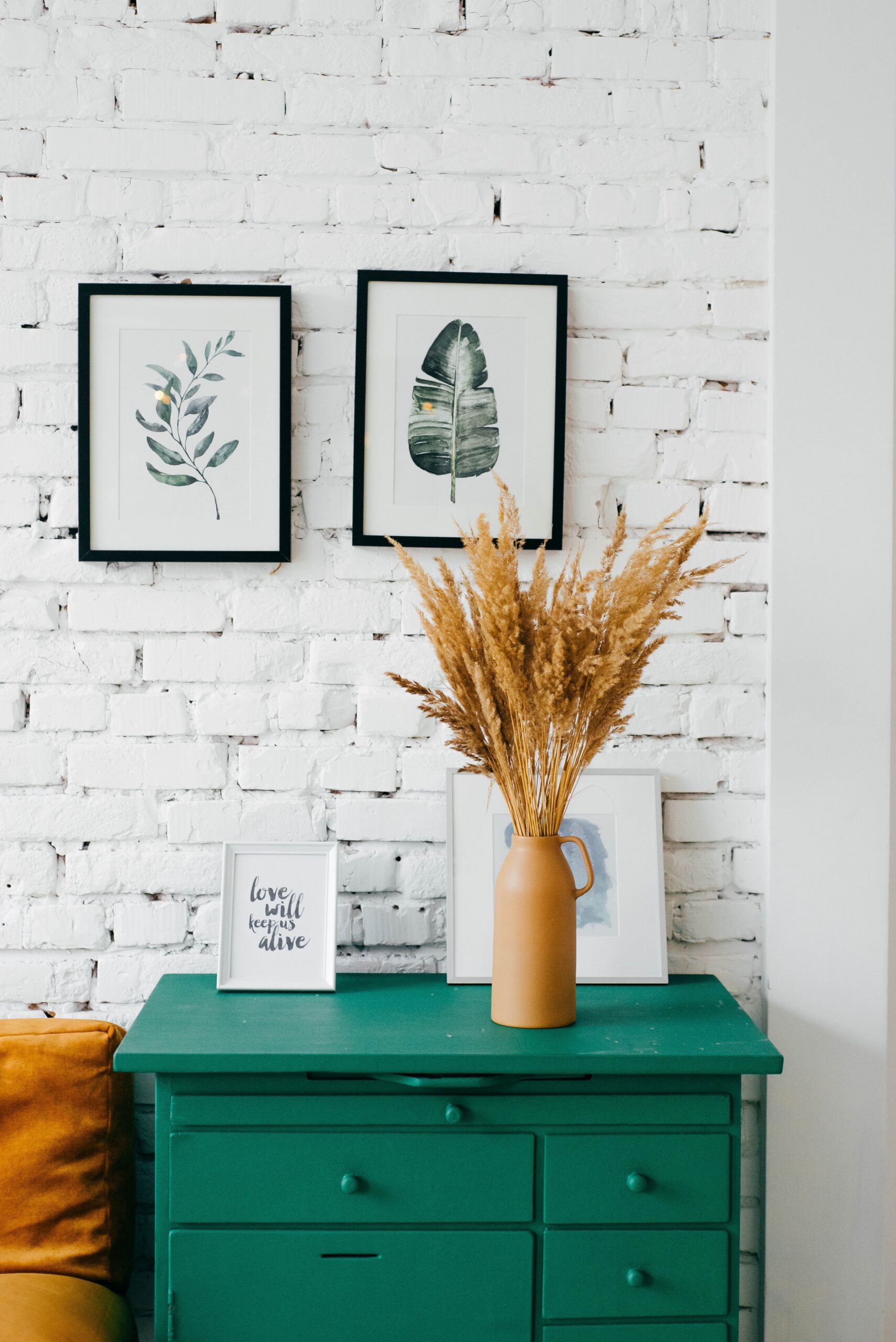Gouache paint, a popular medium among artists, has long been admired for its vibrant colors and velvety matte finish. However, amidst the artistic appeal, concerns have arisen regarding its potential toxicity. As artists and enthusiasts, it is crucial to be aware of the safety implications when working with gouache paint. This article aims to shed light on the question that lingers in many minds – is gouache paint toxic? Understanding the potential risks associated with this medium can empower artists to make informed choices and prioritize their health and safety in the creative process.

This image is property of images.unsplash.com.
What is Gouache Paint?
Definition
Gouache paint, also known as opaque watercolor, is a type of paint that is widely used in various art applications. It is similar to traditional watercolor paint but has a higher pigment concentration, resulting in a more vibrant and opaque finish. Gouache paint consists of a pigment, a binder, and a white filler material. It is known for its quick-drying properties and ability to create smooth, flat surfaces with bold colors.
Composition
The composition of gouache paint can vary depending on the brand and formulation, but generally, it contains the following components:
- Pigments: These are the colored particles that give the paint its hue. Gouache paints typically use high-quality pigments to achieve vibrant and long-lasting colors.
- Binder: The binder holds the pigment particles together and helps them adhere to the painting surface. Common binders used in gouache paint include gum arabic, a natural resin extracted from the acacia tree, and polymer-based binders.
- Filler Material: Gouache paint often contains a white filler material, such as chalk or blanc fixe, to increase opacity and create a more solid finish.
- Additives: Some brands may include additives in their gouache paint formulations to enhance certain properties, such as flow, drying time, or resistance to cracking.
It is important to note that the specific composition of gouache paint can vary between manufacturers and even within different product lines of the same brand. Therefore, it is advisable to read the product labels and safety information provided by the manufacturer for detailed information on the composition of specific gouache paints.
Toxicity of Gouache Paint
Potential Health Hazards
While gouache paint is generally considered safe for use, it is important to be aware of its potential health hazards. Gouache paints often contain chemicals that may pose health risks under certain conditions. These hazards can primarily arise from three routes of exposure: inhalation, skin contact, and ingestion.
Chemicals and Ingredients
Gouache paints can contain various chemicals and ingredients that have differing toxicological properties. Common components found in gouache paint that may pose health risks include:
- Pigments: Some pigments used in gouache paint may contain heavy metals or toxic substances, such as lead, cadmium, chromium, or cobalt. These metals can be toxic if ingested, inhaled, or absorbed through the skin.
- Binders: Binders in gouache paints can include natural or synthetic resins, such as gum arabic or acrylic polymers. While these binders are generally considered safe, some individuals may be sensitive or allergic to certain resin compounds.
- Additives: Certain additives used in gouache paint formulations, such as surfactants, dispersants, or preservatives, may have varying levels of toxicity or allergic potential. It is important to carefully read the product labels and safety information to identify any potential allergens or hazardous substances.
To ensure the safety of using gouache paint, it is vital to take appropriate safety precautions and follow good hygiene practices.
Health Effects of Gouache Paint
Inhalation
Inhalation of the dust or fumes generated during the use of gouache paint can potentially lead to respiratory issues, especially if the paint contains toxic pigments or harmful chemicals. Prolonged or repeated exposure to such substances may cause respiratory irritation, asthma-like symptoms, or even more severe respiratory conditions in sensitive individuals. Therefore, it is essential to work in a well-ventilated area or use appropriate respiratory protection, such as a respirator, when working with gouache paint.
Skin Contact
Direct and prolonged skin contact with gouache paint can cause skin irritation, allergic reactions, or dermatitis, particularly if the paint contains sensitizing components or if the individual has pre-existing allergies or sensitivities. It is recommended to wear protective gloves while working with gouache paint or to wash hands thoroughly after use to minimize the risk of skin-related adverse effects.
Ingestion
Accidental ingestion of gouache paint can pose a risk, especially for children or individuals who may not adhere to proper safety practices. If ingested, toxic pigments or chemicals present in gouache paint can lead to gastrointestinal irritation, poisoning, or even long-term health effects. It is crucial to keep gouache paint out of the reach of children and to seek medical attention in case of ingestion.
Safety Precautions
Ventilation
Proper ventilation is crucial when working with gouache paint to prevent the inhalation of hazardous dust or fumes. It is recommended to work in a well-ventilated area with open windows or use local exhaust ventilation systems, such as fume hoods or air purifiers, to ensure the removal of potentially harmful airborne contaminants.
Protective Equipment
To minimize the risk of skin contact and ingestion, it is advisable to use appropriate personal protective equipment (PPE) when working with gouache paint. This may include wearing gloves, aprons, or protective clothing to protect the skin, as well as safety glasses or goggles to shield the eyes. PPE should be chosen based on the specific hazards associated with the gouache paint being used.
Hygiene
Practicing good hygiene is essential when using gouache paint to minimize the risk of exposure to potentially harmful substances. This includes washing hands thoroughly with soap and water after handling gouache paint, avoiding touching the face, mouth, or eyes during painting sessions, and keeping the work area clean and free from food or drink to prevent accidental ingestion.

This image is property of images.unsplash.com.
Labeling and Regulations
Product Warnings
Manufacturers of gouache paint are required to provide appropriate labeling on their products, including relevant warnings and safety precautions. It is crucial to carefully read and follow the instructions provided by the manufacturer to ensure safe handling and use of the paint. This includes paying attention to any warnings related to specific hazards, allergens, or age restrictions.
Certifications
Certain certifications, such as the ACMI (Art and Creative Materials Institute) certification, can provide assurance of the safety and compliance of gouache paint with applicable regulations and standards. Look for products that carry certifications or seals indicating their compliance with specific safety and toxicity standards.
Eco-Friendliness of Gouache Paint
Toxicity in the Environment
The disposal of gouache paint, especially if it contains toxic pigments or chemicals, can contribute to environmental pollution. When these paints are washed down drains or disposed of improperly, the contaminants can enter water bodies or soil, potentially harming aquatic life, plants, and ecosystems. It is important to dispose of gouache paint responsibly to minimize its impact on the environment.
Sustainable Alternatives
For those concerned about the eco-friendliness of gouache paint, there are sustainable alternatives available. Some manufacturers offer eco-friendly gouache paints that contain non-toxic pigments, natural binders, and environmentally friendly additives. These alternative options are designed to reduce the environmental impact without compromising the quality and performance of the paint.

This image is property of images.unsplash.com.
Gouache Paint for Children
Unique Risks
Gouache paint poses some unique risks when used by children, who may be more susceptible to accidental ingestion or prolonged skin contact. Children’s tendency to put objects in their mouth increases the risk of unintentional ingestion of gouache paint, making it crucial to use non-toxic paints specifically labeled for children.
Non-Toxic Options
To ensure the safety of children using gouache paint, it is advisable to choose non-toxic paints specifically formulated for young artists. Non-toxic gouache paints are made from pigments and binders that are considered safe for children and have undergone rigorous safety testing. Look for products labeled as “non-toxic” or “safe for children” to minimize the risk of adverse health effects in young artists.
Gouache Paint Brands and Safety
Researching Brands
When selecting gouache paint, it is essential to research different brands and their safety practices. Look for reputable brands that prioritize the safety and quality of their products. Check if the brand provides information about the composition of their paints, including the types of pigments, binders, and additives used. This information can help you make informed decisions based on your specific safety concerns or requirements.
Consumer Feedback
Consider seeking feedback from other artists or consumers who have used the gouache paints you are considering. Online forums, art communities, and product review platforms can provide insights into the safety, performance, and overall satisfaction of various gouache paint brands. However, always verify the credibility of the information and consider multiple sources to ensure objectivity.

Disposing of Gouache Paint
Proper Waste Disposal
Gouache paint should be disposed of properly to prevent environmental contamination. It is important to follow local waste disposal regulations and guidelines when disposing of leftover paint, contaminated brushes, or empty paint tubes. Contact your local waste management facility or municipality for information on how to dispose of gouache paint safely and responsibly.
Reuse and Recycling
Before disposing of gouache paint, consider whether any leftover or unwanted paint can be reused or donated to other artists or organizations. Also, certain components of gouache paint, such as empty tubes or packaging, may be recyclable. Check with your local recycling facilities to determine if they accept paint tubes or other paint-related materials for recycling.
Conclusion
Summary
Gouache paint is a popular art medium known for its vibrant colors and smooth finish. While it offers many artistic advantages, it is important to be aware of the potential health hazards associated with its use. Gouache paint can contain toxic pigments, chemicals, or additives that may pose risks if inhaled, absorbed through the skin, or ingested. However, by following appropriate safety precautions, such as using proper ventilation, wearing protective equipment, and practicing good hygiene, the risks can be minimized.
Personal Assessment
As with any art material, it is essential to assess your personal level of comfort and risk tolerance when using gouache paint. Some individuals may be more sensitive or susceptible to certain hazards, while others may have specific environmental or sustainability concerns. By thoroughly researching brands, considering consumer feedback, and prioritizing safety and eco-friendliness, you can make informed decisions and enjoy the creative possibilities offered by gouache paint while minimizing potential health and environmental risks.




